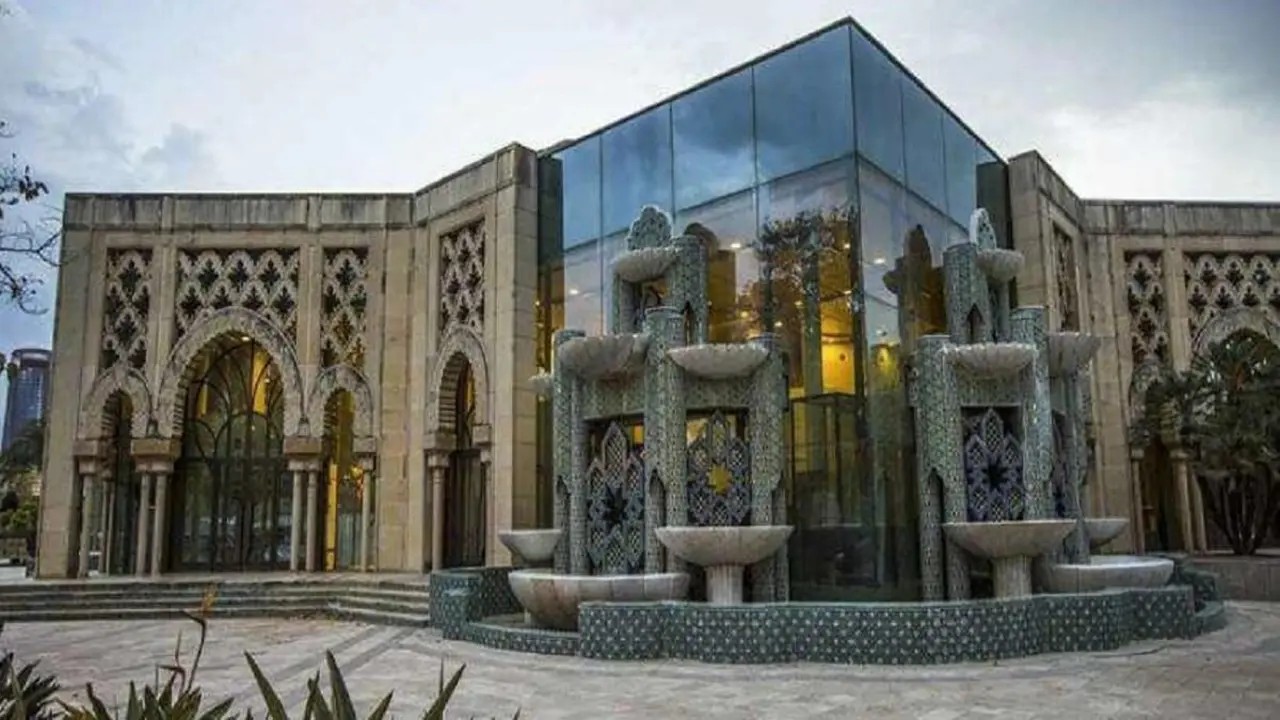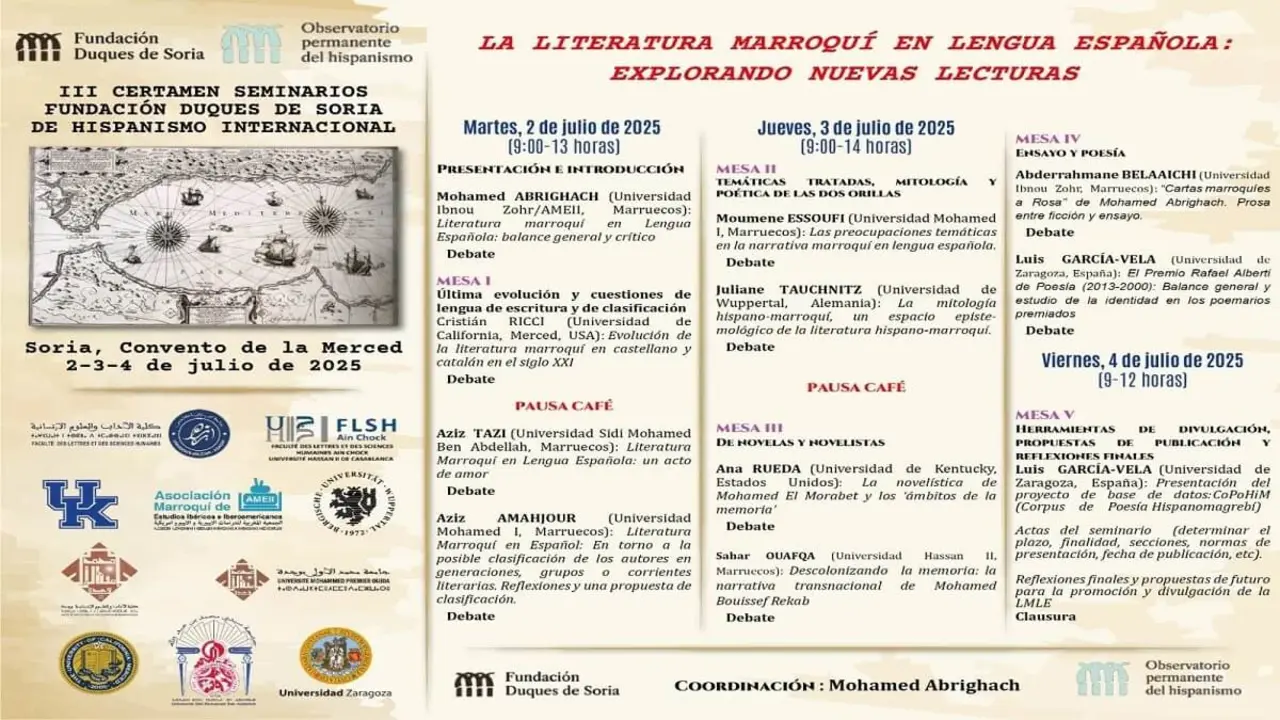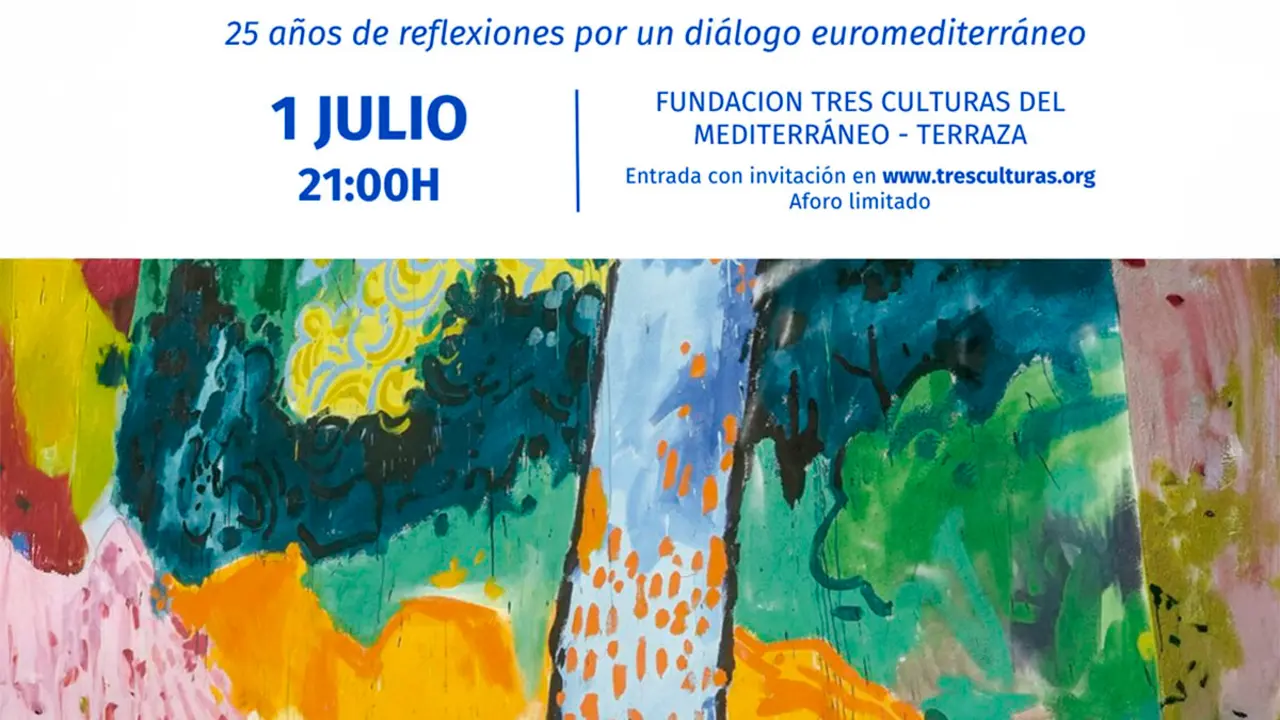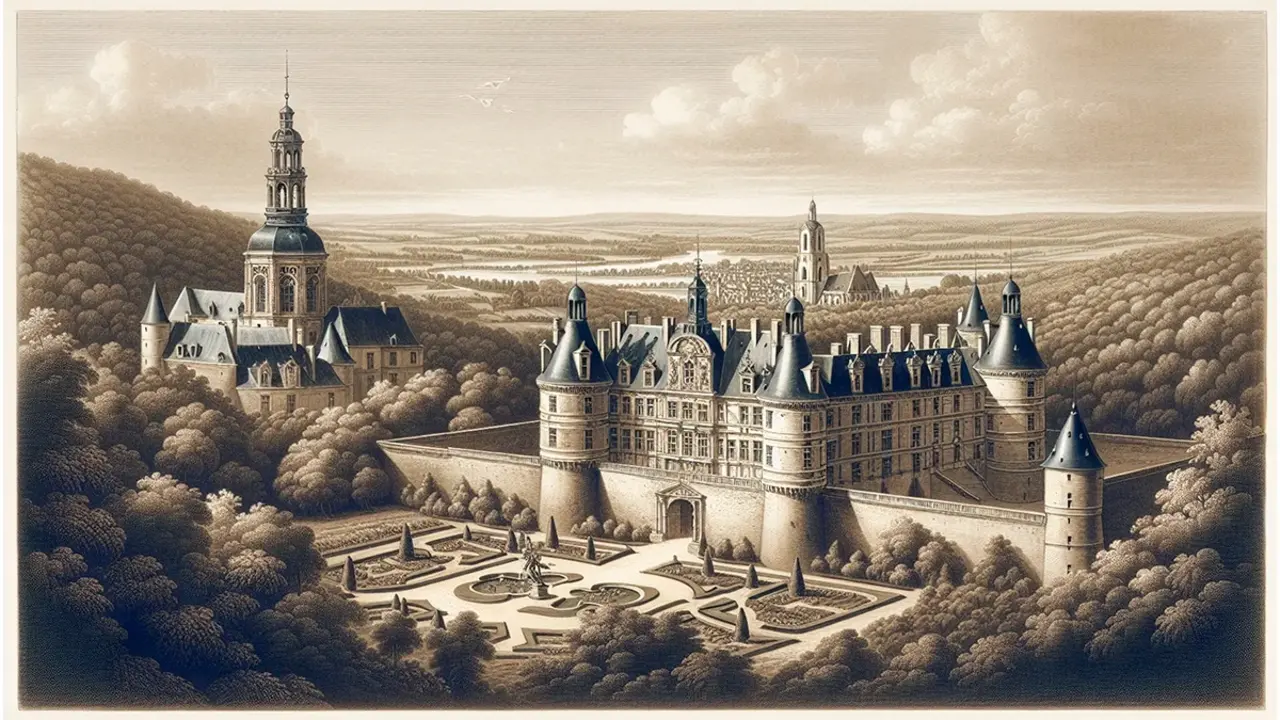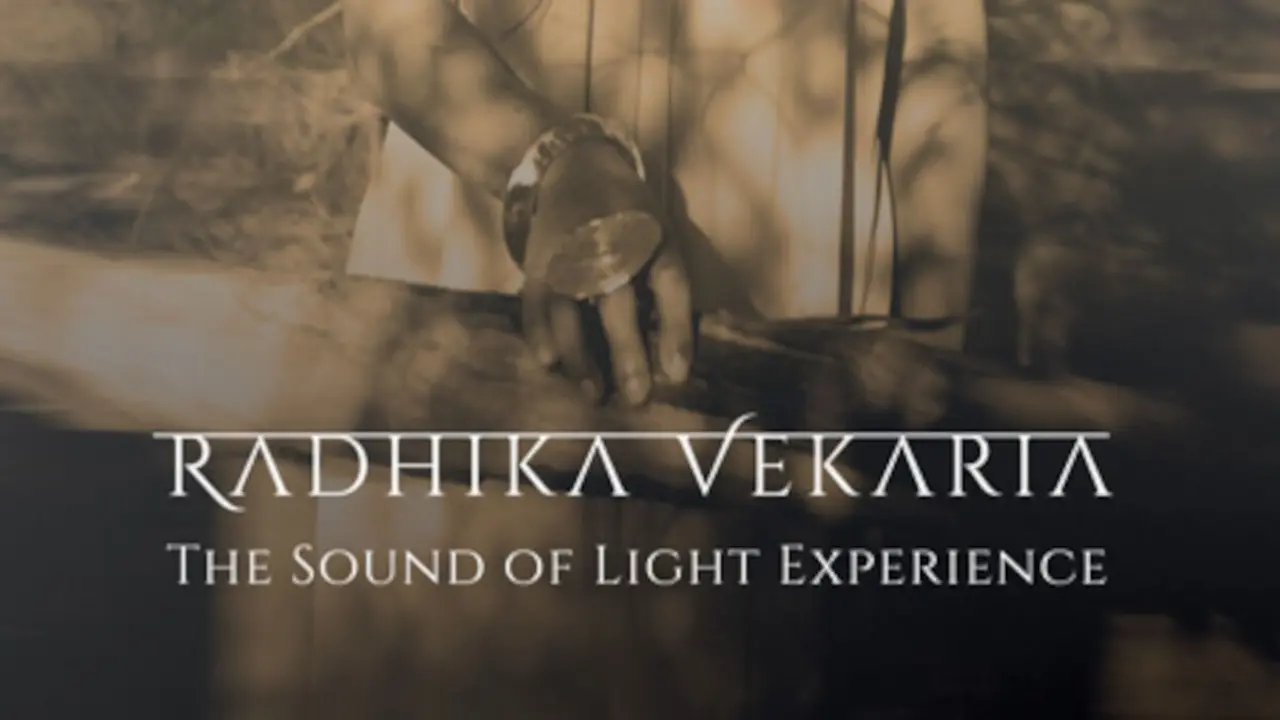What we will find after death
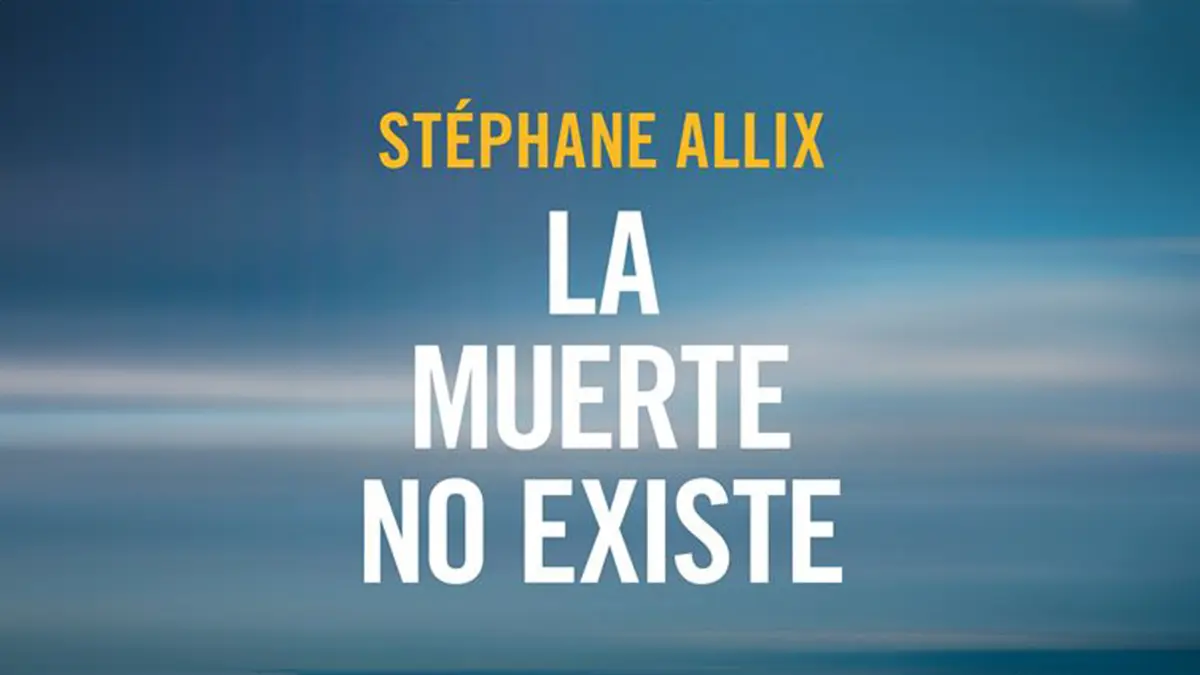
There are probably no other questions like the three questions that all human beings ask themselves throughout the ages in which they have lived: What happens when we die? what happens to our consciousness? can we survive brain death?

French writer Stéphane Allix (Boulogne-Billancourt, 1968), journalist, war correspondent and television producer, tries to answer such gigantic questions. He has spent twenty years researching and interviewing scientists, mainly neurologists, after immersing himself in the cultures, rites and findings of millenary peoples, in which he has discovered many of the theories that are now bursting forth as novelties in the developed world of the 21st century.
As a summary and corollary of all these years and his previous books and articles, Stéphane Allix now publishes Death Does Not Exist (HarperCollins, 429 pp.), in which he unpacks how research in medicine and neuroscience, as well as the countless unexplained phenomena surrounding death, suggest that our consciousness possesses a spiritual dimension.
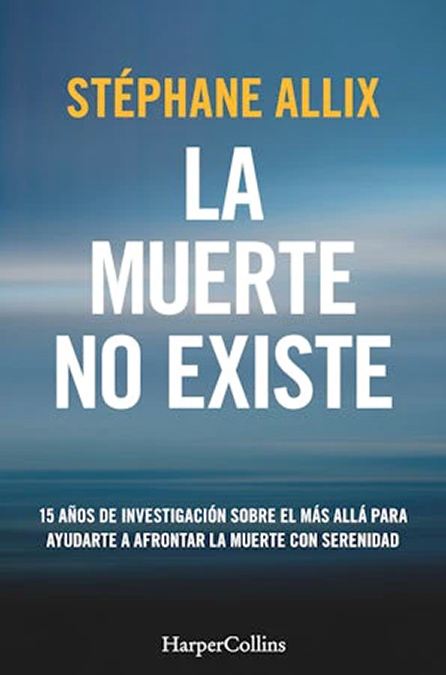
Do you confirm that there is an afterlife, as religions suggest?
I am not a theologian to enter into that debate. I am certainly not in line with the idea of an afterlife with a God-judge, who rewards or punishes according to previous behaviour, which does not seem to be demanded in the same way from a Christian or a Muslim, for example. What I do believe is that there is a continuity, where consciousness has been divested of the body in which it was housed.
That is called the soul, at least in Western Christian civilisation.
I am not a theologian, but I have been able to experience this spiritual dimension for myself through alternative ways and ancient spiritual practices such as shamanism.
If there is one thing that really fascinates every human being, it is to know what lies on the other side of life.
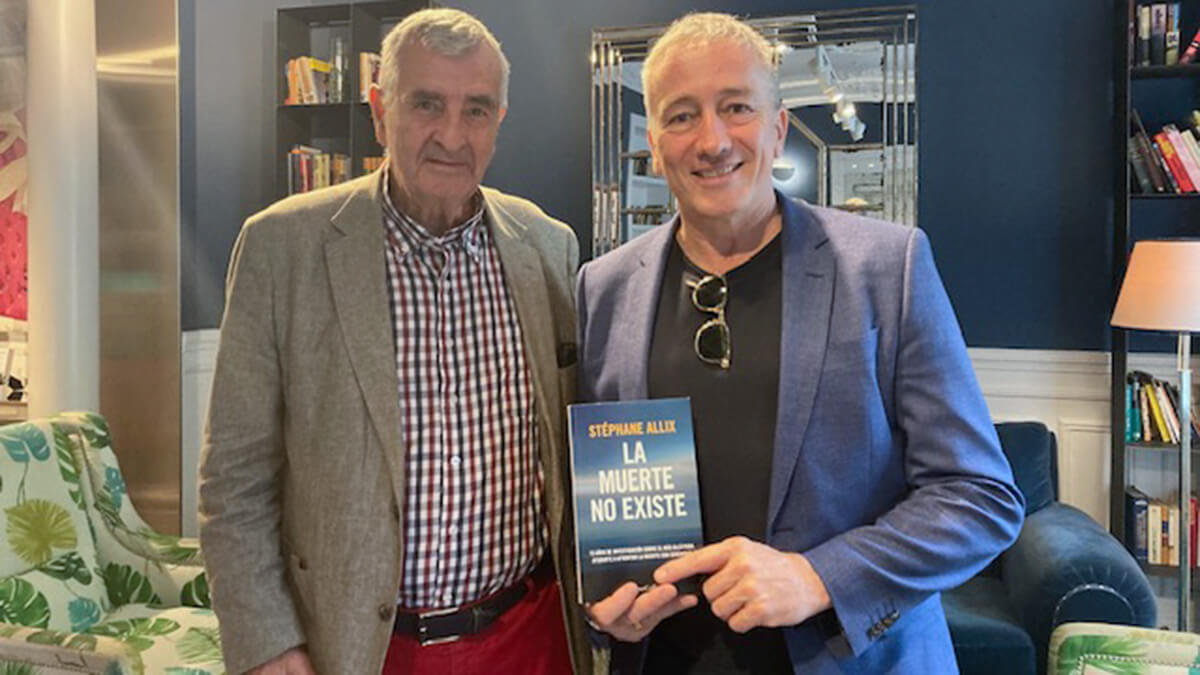
Of course, and there are many testimonies from people of all ages and walks of life who have had a Near Death Experience (NDE). In almost all of the cases I have collected, and of which I have spoken, even with the doctors who treated these patients, they claim to have encountered a bright light of unknown intensity, while enjoying an extraordinary sense of peace.
But not everyone admits to such phenomena as supernatural.
The brain is a very particular organ. Denying this dimension is not new either. Shamanic ecstasy, for example, already determined a specific brain scheme thousands of years ago: imagination, dream and hallucination. I have, however, been busy comparing examples of NDEs with scientists and neurological specialists, and they agree that there is ample evidence that those who have stepped over the thresholds of the afterlife have not experienced hallucinations, but that they have actually seen and experienced what they talk about.
Where is the consciousness?
I have tried to show that it is not to be found in brain activity, nor is it bound to a material world. It is immortal. It is not in our reality. The body of a dead person is puzzling. When we have the opportunity to look at it head on, I don't even say touch it, we quickly see that something doesn't fit, that something is missing. From the very first moments, the skin takes on an unreal colour, as if it had gone from being alive to being ‘artificial’. We feel the absence, the emptiness, and yet the body has all the appearance of the person we knew. But ‘she is no more’.

It was precisely the death of his brother Thomas in a car accident in Afghanistan that led him to immerse himself in the problems of life and death and imminent death experiences (IDEs), which led him to found the Institute for Research into Extraordinary Experiences (INREES). He abandoned war reporting to dive into the ‘exploration of the invisible facets of human consciousness’, the findings of which he now crowns in fourteen publications with this book.
He narrates it as a succession of conversations with his daughter, Luna, to whom he tells of his interviews with doctors, researchers, shamans and people who have lived these near-death experiences. Luna is now 27 years old,’ he says, ’and I think that, for her, as for all those who approach this book, it gives them peace of mind.
Allix points out that the vast majority of people prefer to avoid subjects that accentuate their fears, which obviously include death or certain catastrophes. ‘However, I believe that the more you know by facing problems head on or asking yourself the questions that are always on your mind, the less fear you have,’ he concludes categorically.


